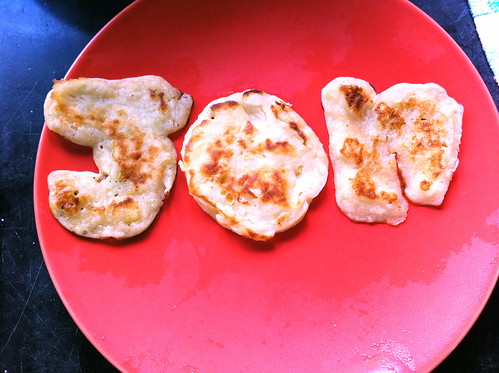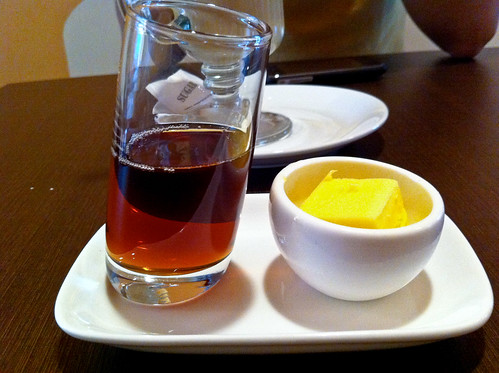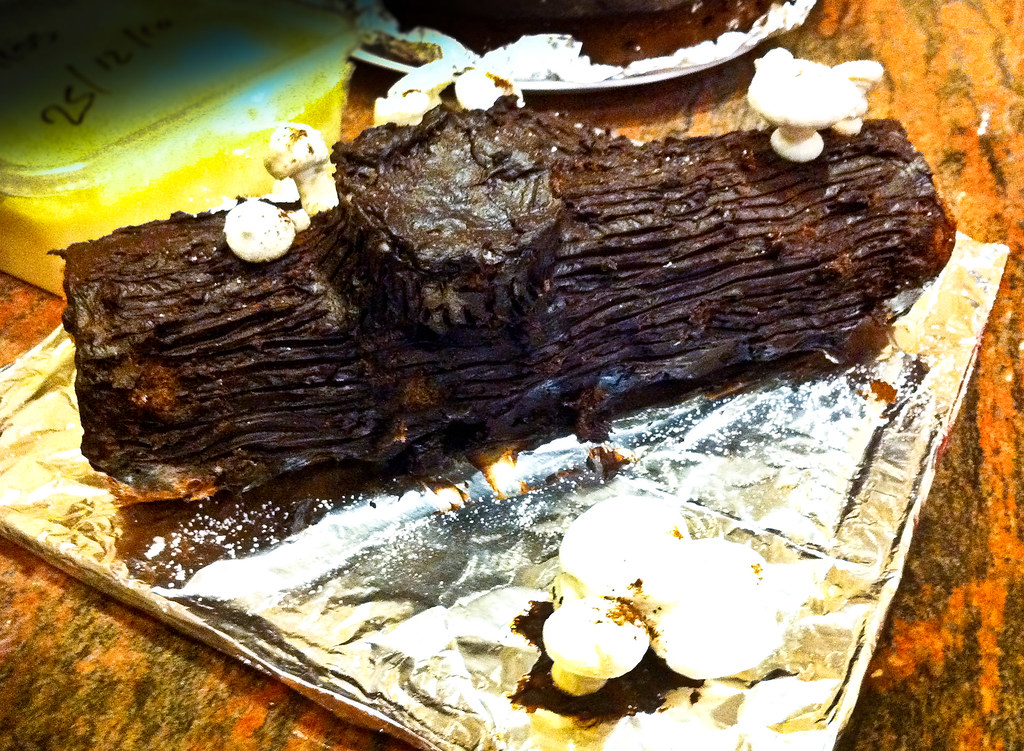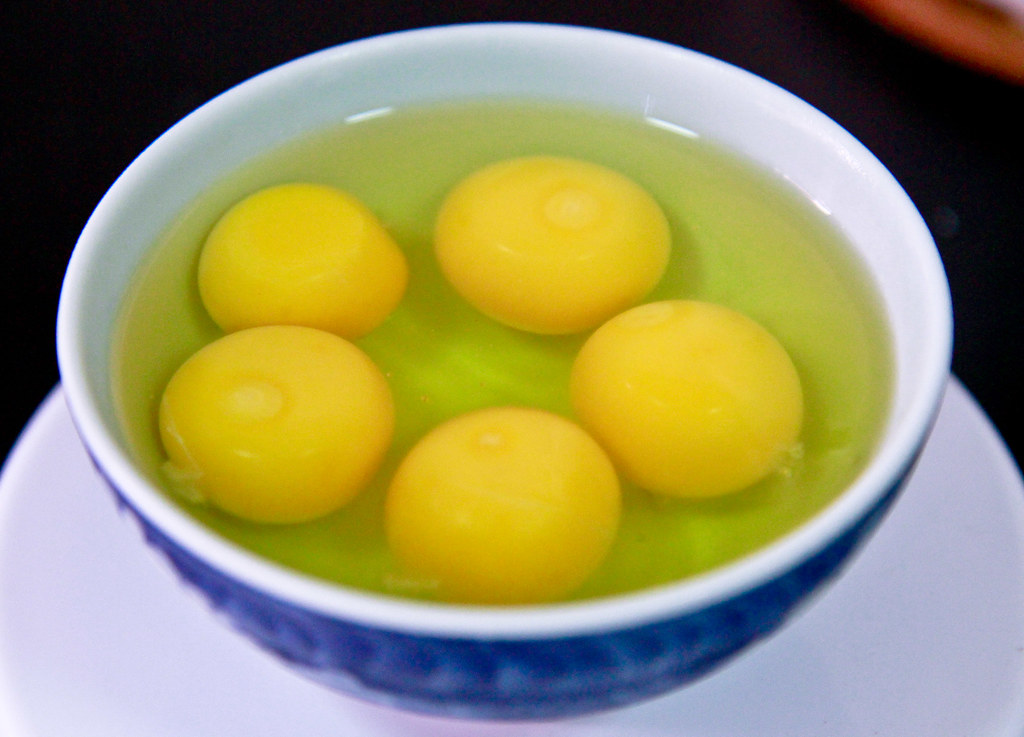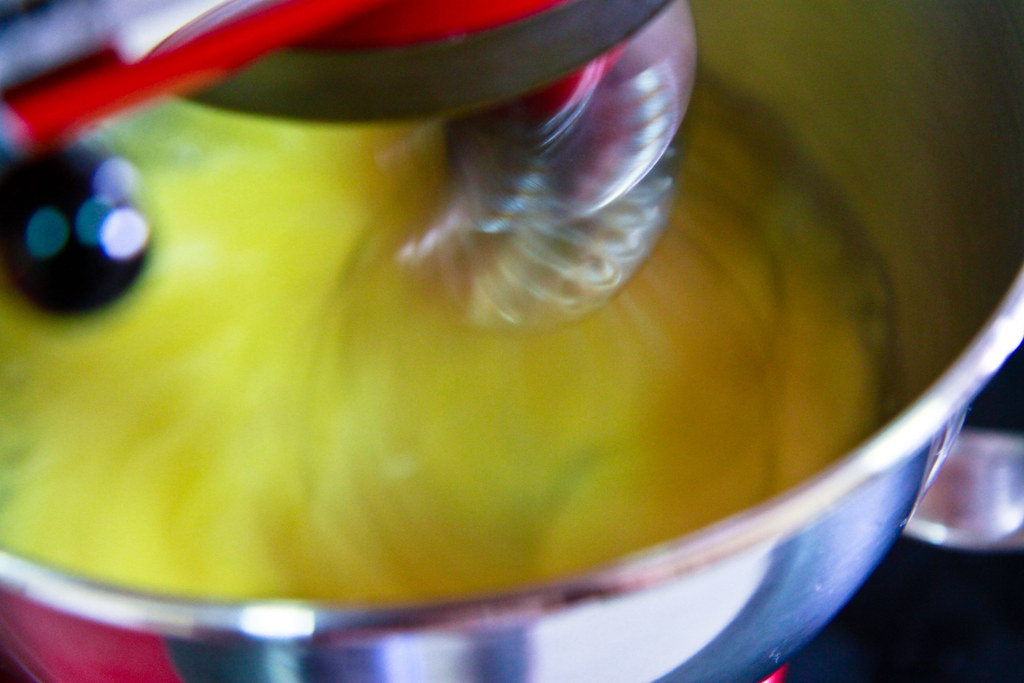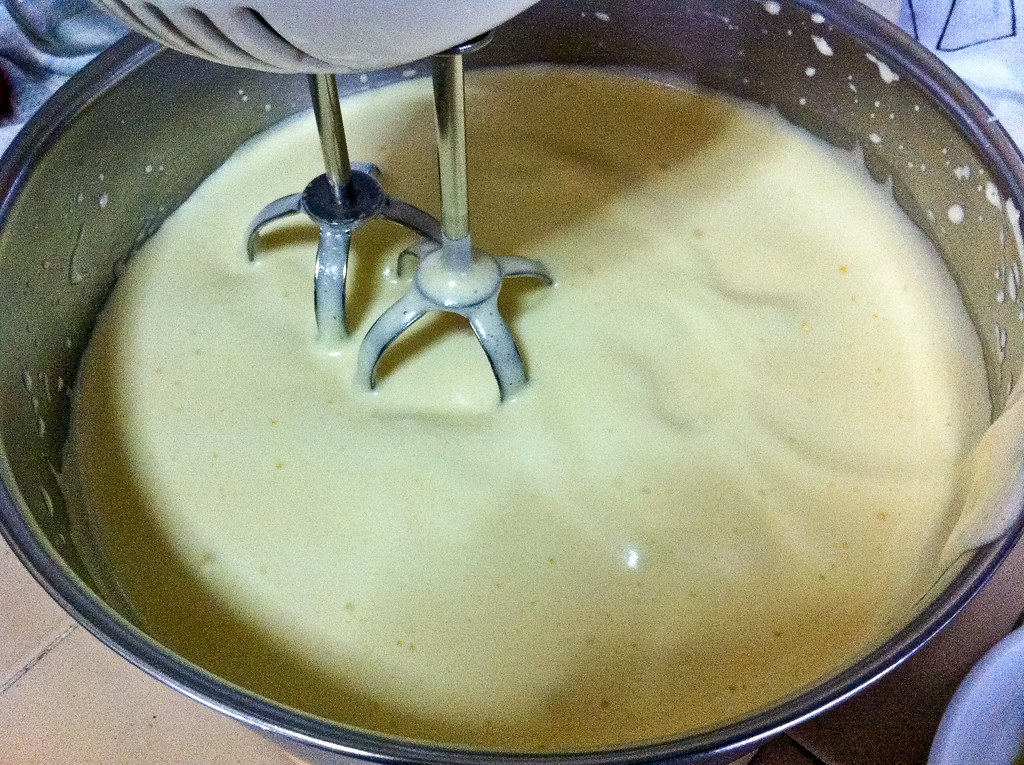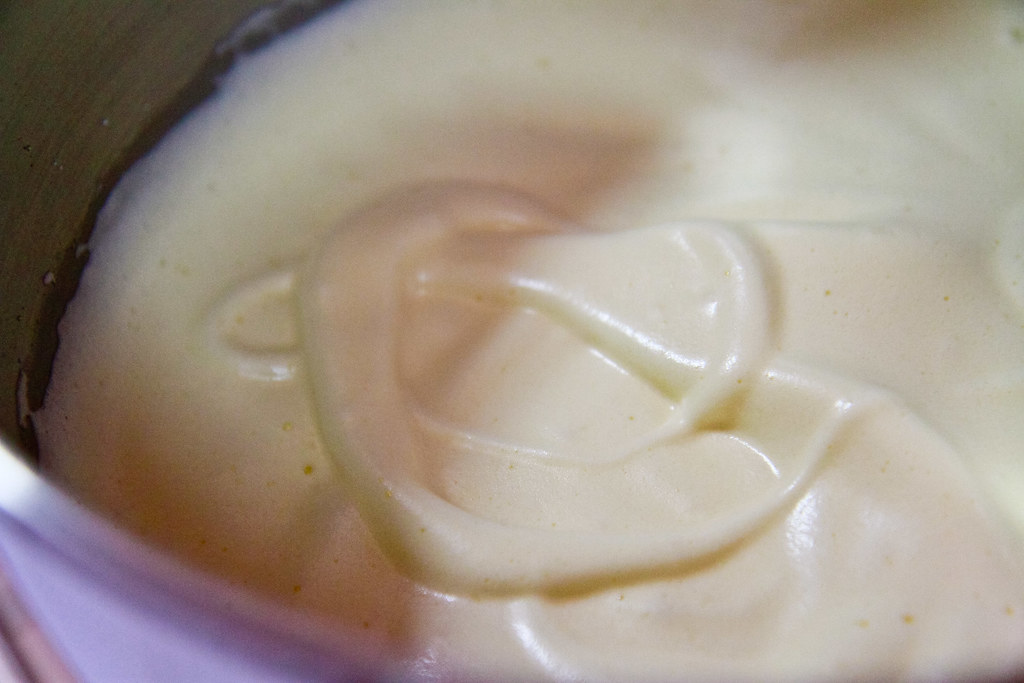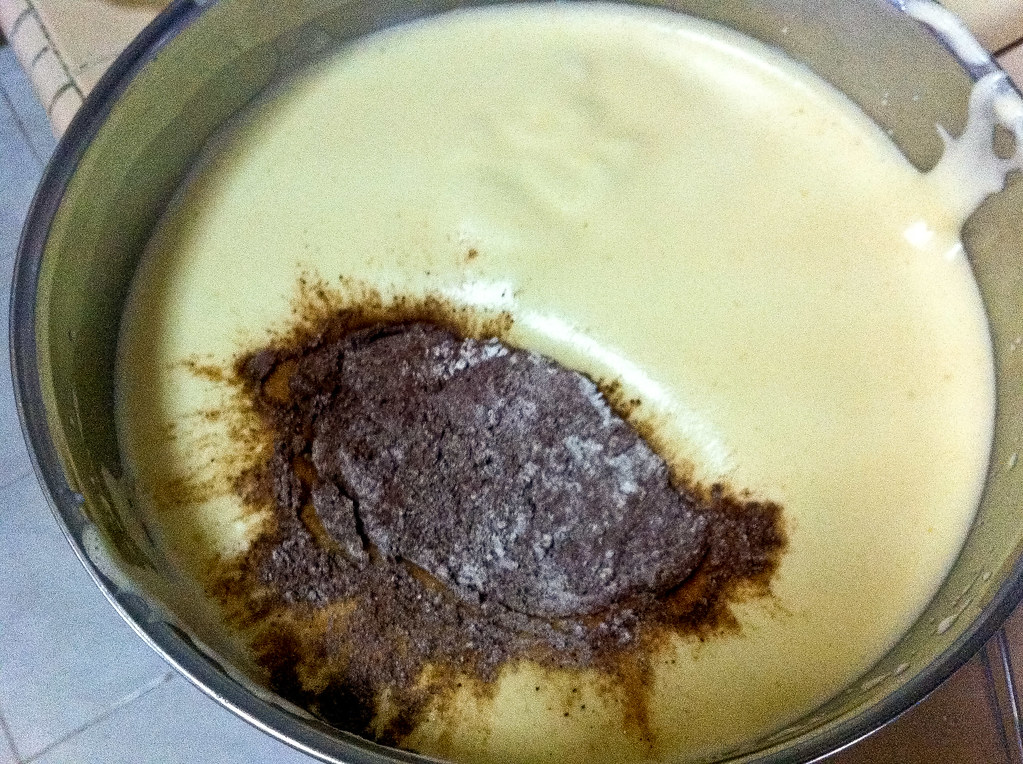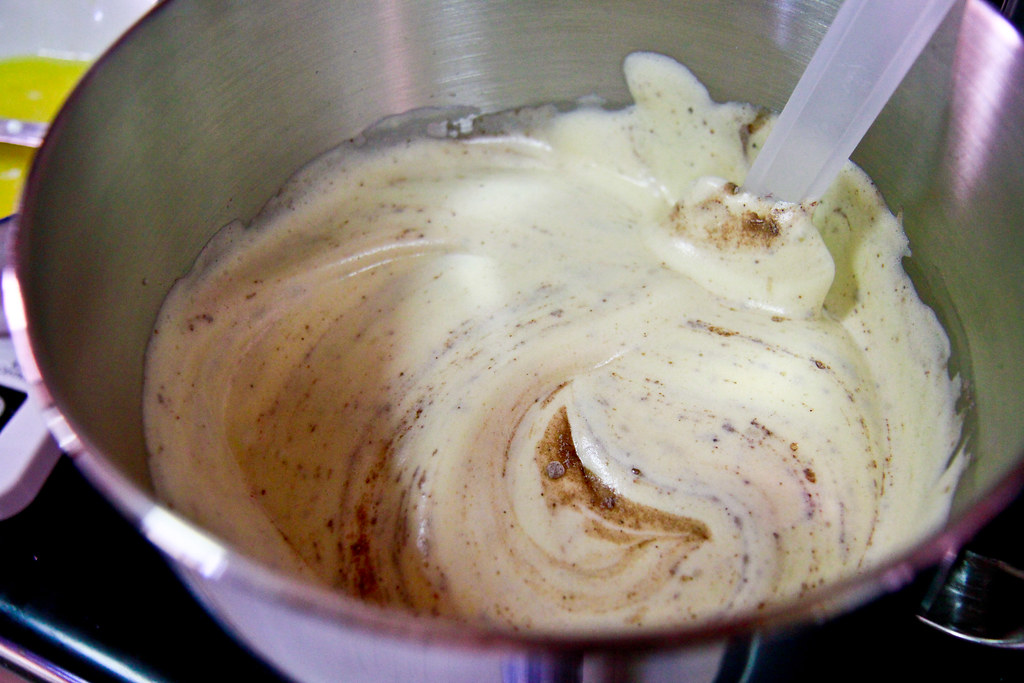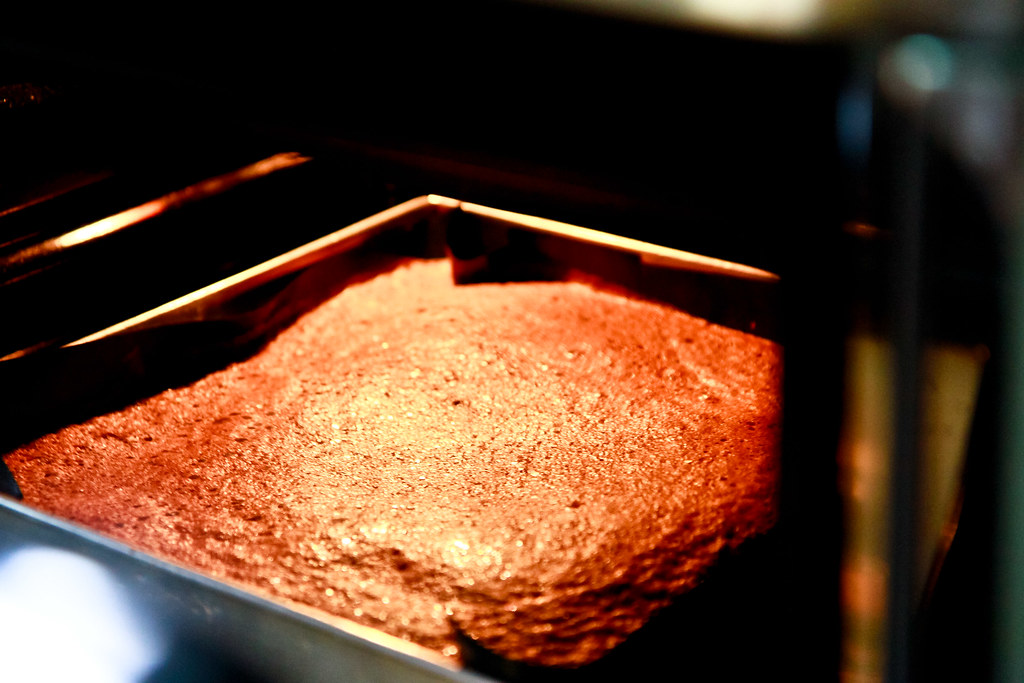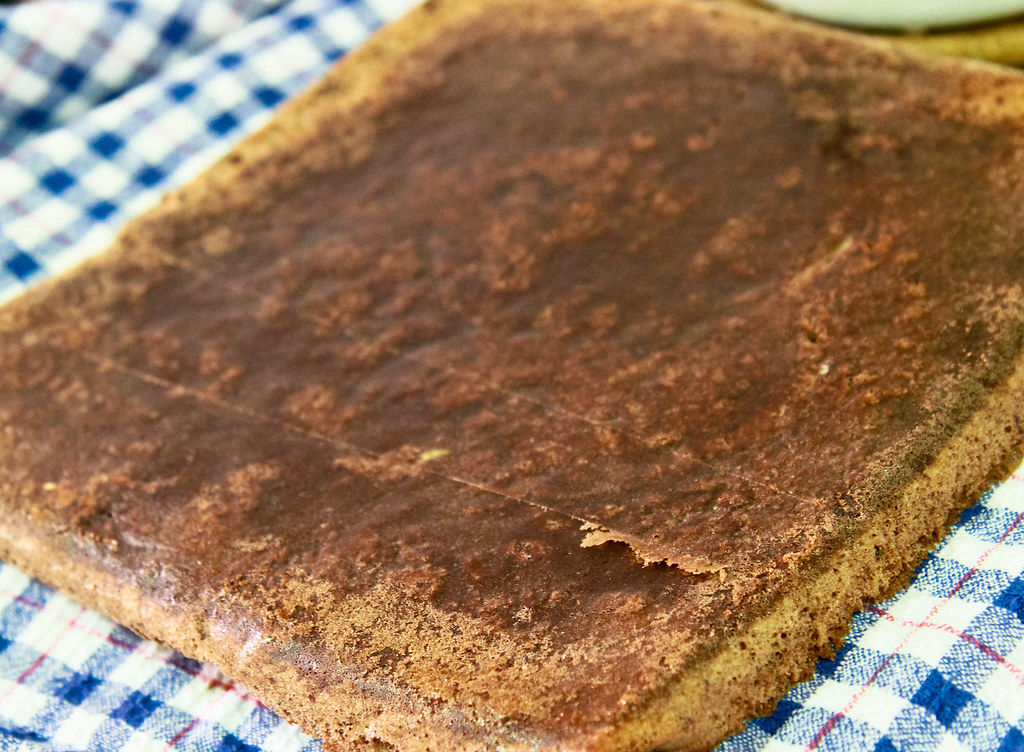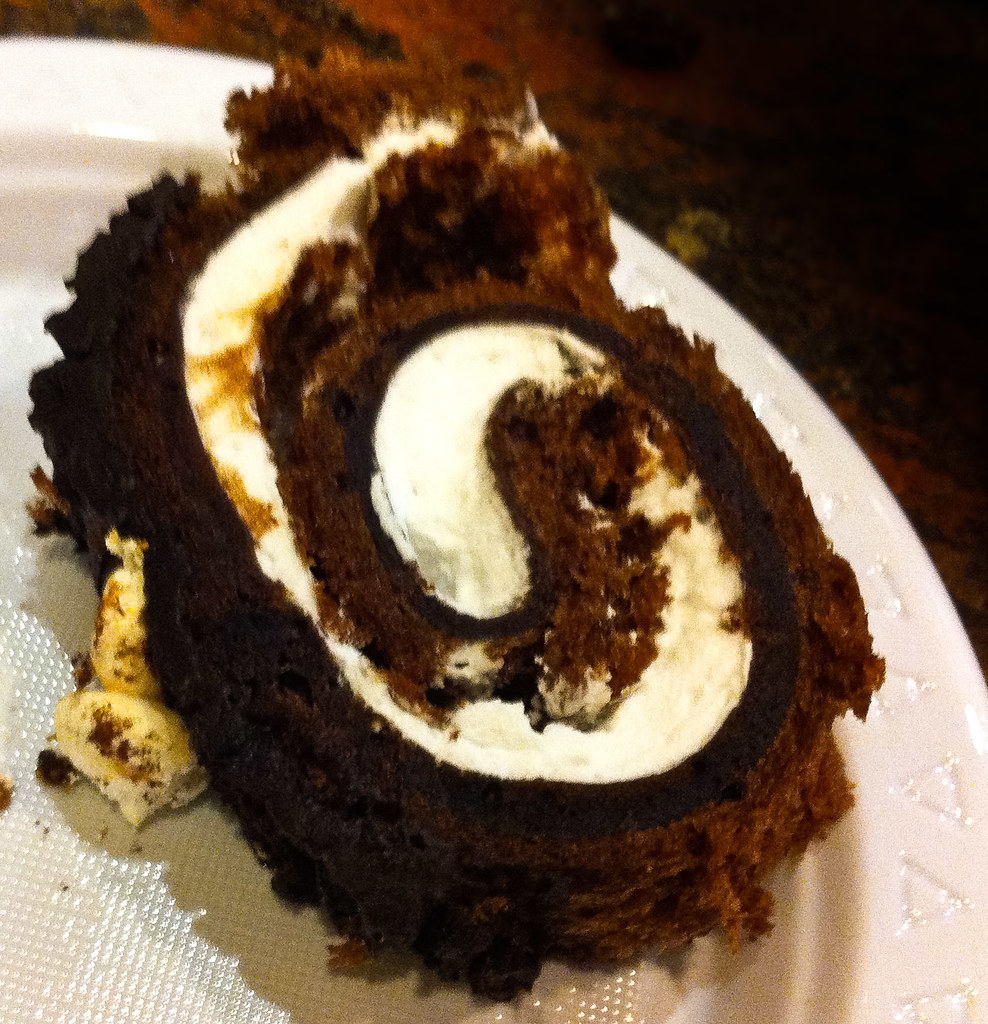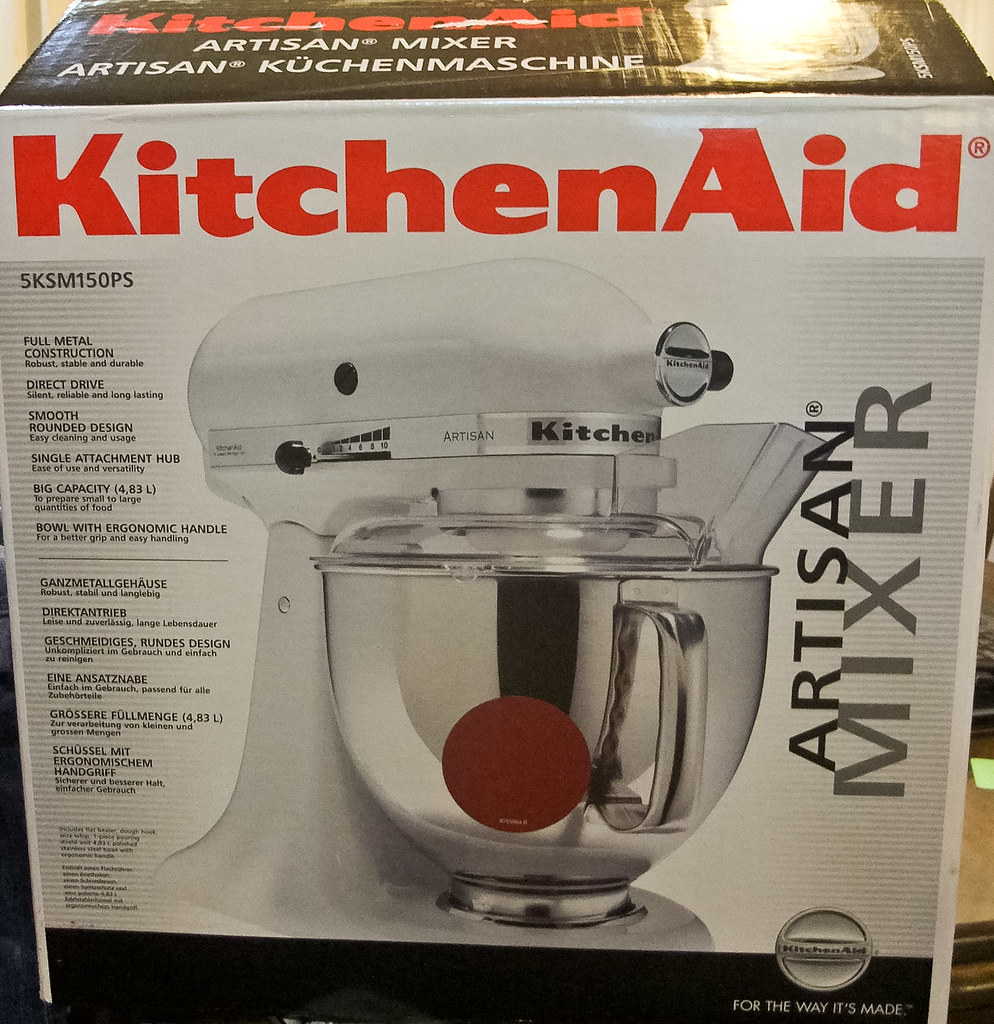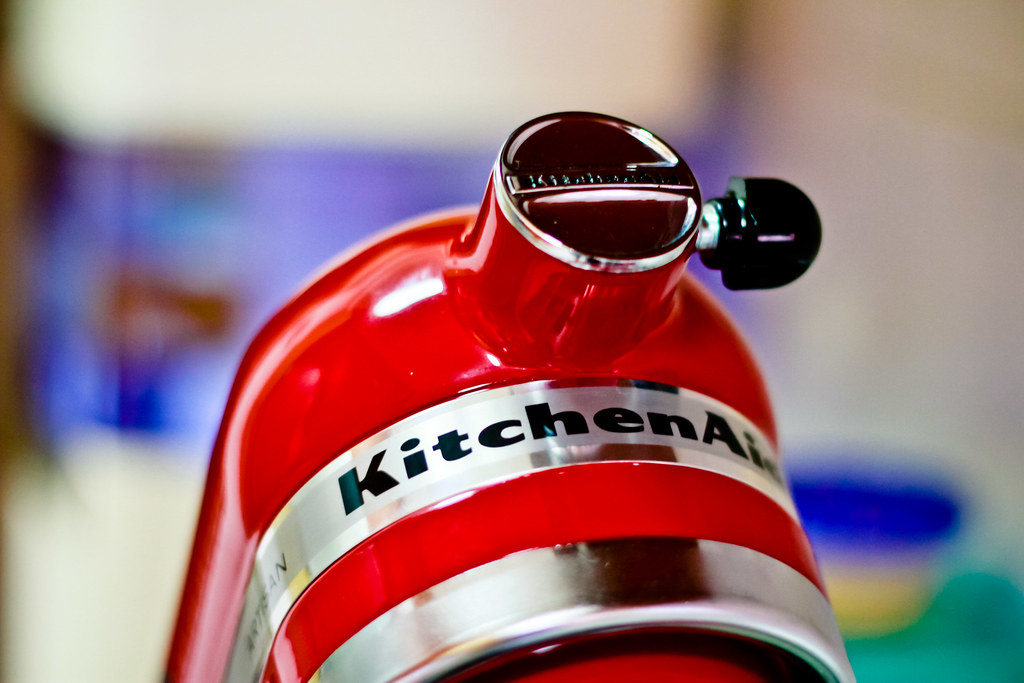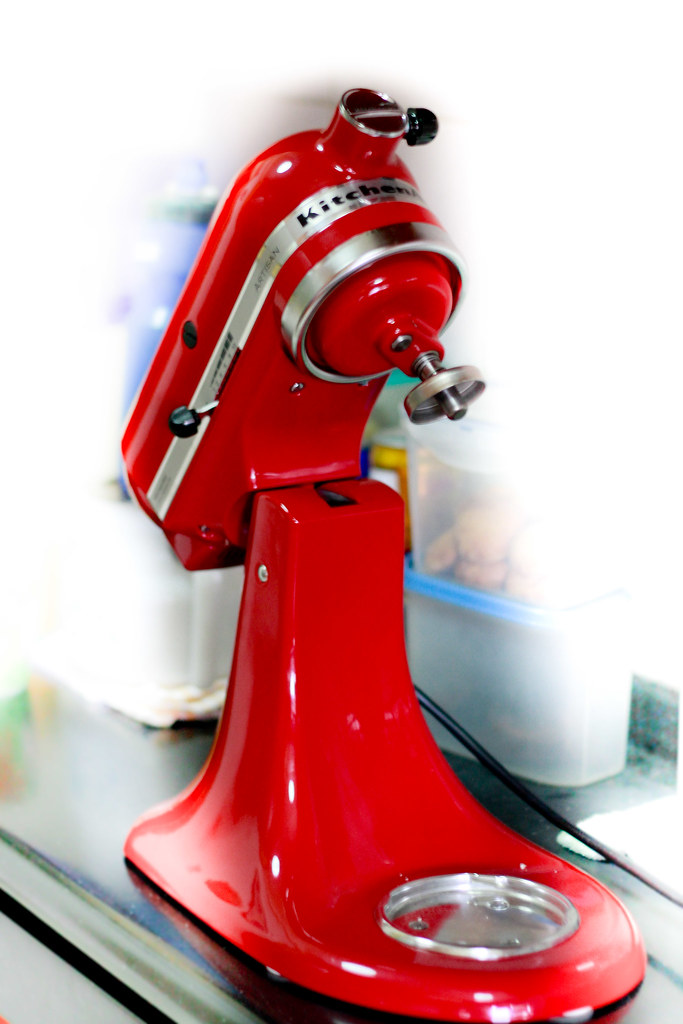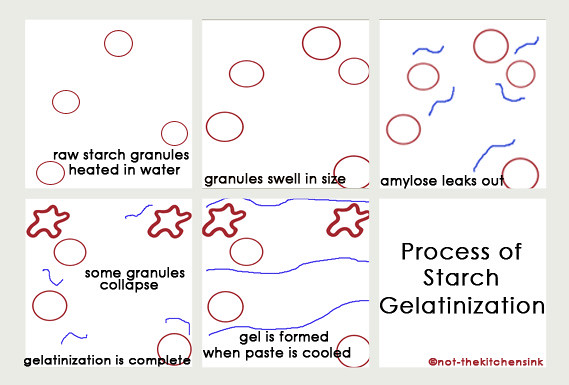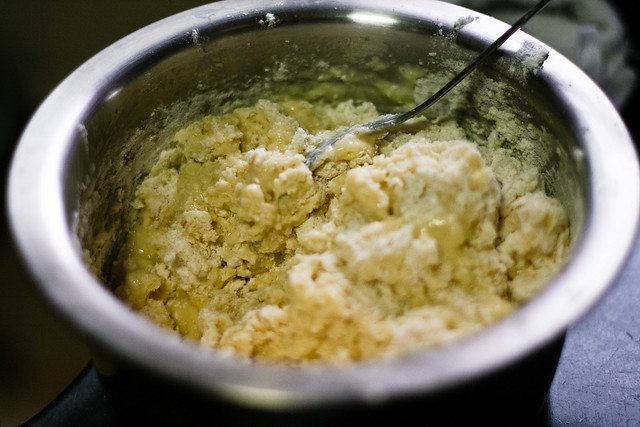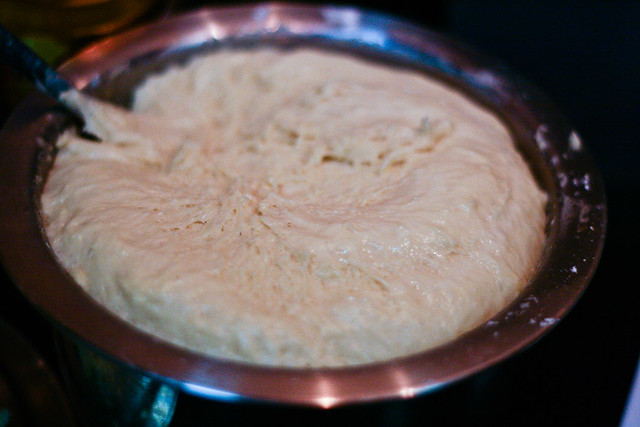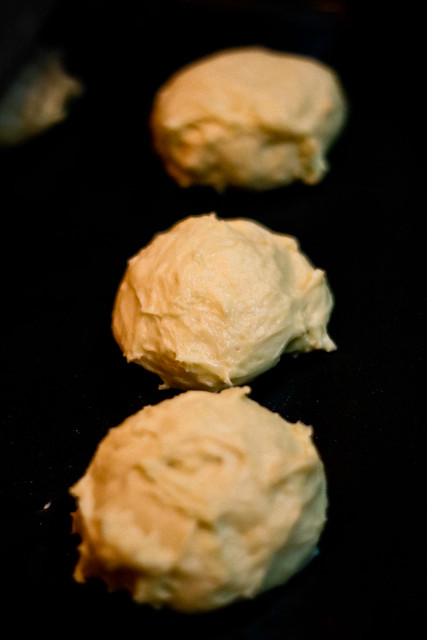This will probably be my last post of the year 2010. Though the blog is still young, I'm bursting with ideas and the oomph to bake has not died out (yet). Hopefully I will be able to venture into baking other things before I start school proper, especially since CNY is coming up and I'll have many more guinea pigs to test on soon.
So, Happy New Year, to the rare few people reading my blog :) I usually have my resolutions down on the eve, but I've realized that they usually revolve around the same few things - so this year it's gonna be simple - improve myself, and accomplish the things I've set out to accomplish. Sounds vague, but it encompasses all that I want for myself in the new year. 2011 will see me first, at the start of a long-distance relationship, then ending my education (hopefully with the results I want), and later, teetering at the cusp of working-adulthood. It will be a year of many changes, so I can only hope that I'll be able to better myself each time, and most importantly, never to settle but knowing when to be satisfied.
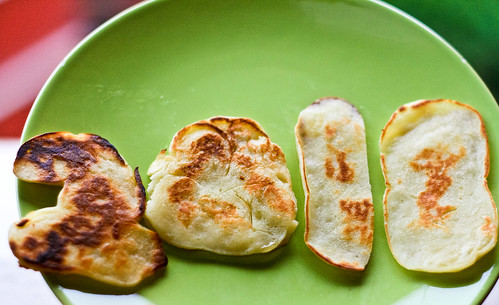 |
| Happy 2011 (Looks a little like 2010 but it's 2011 okay!) And I know that the pancakes are not evenly browned :/ |
Onto the food - I was inspired by the previous pancakes post, so I decided to make pancakes for myself for tea. I've been using this recipe for a few times now, and I found that it gives me nice fluffy pancakes which I totally love with maple syrup.
Janine's notes: I've quartered the original recipe, such that it makes 4 pancakes, but I usually like my pancakes small, so this recipe makes enough for 2 (not ravenously hungry) people. I cook my pancakes with minimal amounts of butter on the pan, which explains why they are spotty and not evenly browned. If you want a uniformly brown pancake (see the pancake post below), just use a generous amount of butter (or oil) and you will get nice brown pancakes :) I tried to make the pancakes as healthy as possible, so I used low-fat milk, reduced the sugar to as minimal as possible, and used minimal oil to cook the pancakes. You can use up to 2 teaspoons of sugar if you like your pancakes sweeter. A note about the sour cream - this, together with buttermilk, are rarer commodities (and more expensive) in Singapore, so I usually use yogurt cheese instead. Yogurt cheese is basically plain yogurt which I have strained over a cheesecloth overnight (will do a post on it soon!). Also, I find that the pancakes kept well in the fridge, because I kept a few for breakfast the next day and although not as nice as those I had for tea, they were still okay after a few seconds in the microwave!
Fluffy pancakes
Adapted from Cook's Illustrated
Ingredients:
½ tsp lemon juice (or white vinegar)
120 ml milk, room temperature
66 g all-purpose flour
½ tsp baking powder
⅛ tsp baking soda
⅛ tsp salt
½ tsp sugar
14 g egg
8 g sour cream (or yogurt cheese)
5 g butter, melted.
Method:
- Put the milk in a bowl and add the lemon juice (or white vinegar) and let it stand. I usually take out my milk, measure it and let it warm to room temperature before adding vinegar. This is to mimic buttermilk, so if you have buttermilk handy (which I believe is a rare commodity in Singaporean fridges), feel free to use that instead. I sometimes use Chinese rice vinegar, and it doesn't affect the taste of the pancakes too much.
- Whisk all the dry ingredients together (flour, baking powder, baking soda, salt and sugar).
- Crack the egg into the milk and whisk.
- Melt the butter (I zap it in the microwave for about 8 seconds) and add it into the milk-and-egg mixture. Whisk again.
- Add the sour cream into the milk mixture and whisk to combine well. All my 'wet' ingredients basically go into one bowl and the dry ingredients into another.
- Make a well in the dry ingredients and quickly mix the wet ingredients (the milk mixture from step 5) into the dry ingredients.
- Do not overmix - the batter will look lumpy but it's okay.
- Heat up your pan and you can choose to use any type of oil (I prefer to use butter, because it adds to the flavour of the pancakes) and using a tablespoon, dump a dollop of batter onto the pan. The batter spreads a little, so make sure that's enough space between the pancake batters.
- Once you see the edges whitening and firming, use your spatula to flip the pancakes over to continue cooking. I like to flip my pancakes thrice, but for the lazier people, you can wait until the edges are browning before flipping them over, then you won't have to flip it the extra 2 times to make sure that the pancakes are thoroughly cooked.
- Once both sides are evenly browned, serve them on a plate, with generous amounts of maple syrup and butter (or jam) on the side. Pancakes taste the best when they're fresh from the pan!
In pictures
 |
| Wet ingredients in one bowl, and dry in the other. (Very reminiscent of quick breads) |
 |
| Quickly mix the mixture once you've added the wet ingredients. |
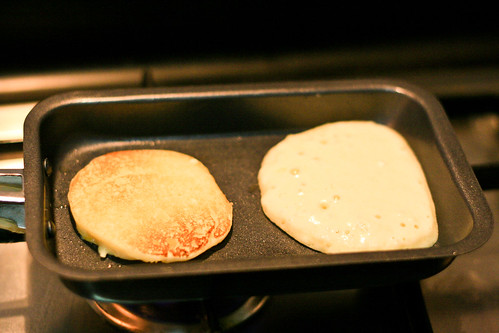 |
| I flip the pancake when the edges start to brown (see the pancake on the right) - and you'll get the pancake on the left. It's not completely brown because I'm stingy with the butter. |


